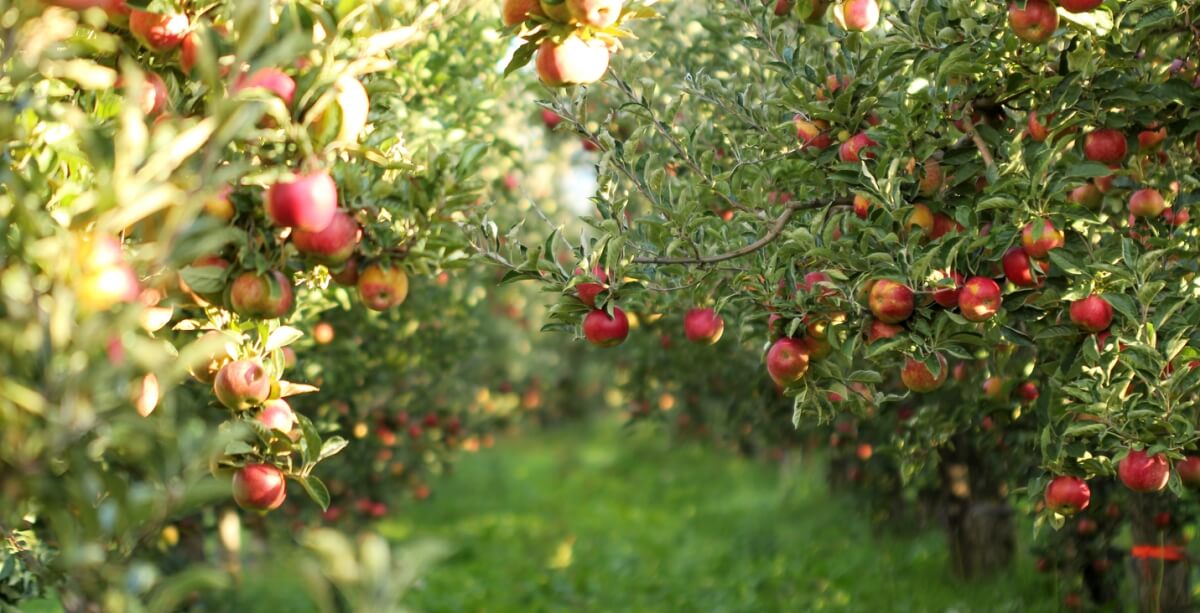Insight Focus
The European apple crop is almost certain to decline this year due to adverse weather conditions. This means that the continent will largely depend on imports to satisfy demand – which presents its own challenges since freight costs remain high.
Freak Weather Damages European Apples
There is no question that this year’s apple production in Europe is going to be lower than last year. In the best-case scenario, estimates peg Polish production at around 230,000 tonnes. However, modelling shows that availability of fresh product could dip as low as 125,000 tonnes of juice concentrate from Poland – the largest European producer.
This, of course, is going to continue to put upward pressure on prices. Already, 2024 apple prices in Europe are well above the average of the prior five years.

Source: Eurostat
So, what is causing the low availability? There has been a substantial increase in extreme weather events in Europe, jeopardising apple production, and pushing up prices this year.
In less than two year the amount of extreme weather events in Europe has increased by 48%, impacting food crops across the whole continent. Hailstorms, heavy rain and weather have caused low yields, loss of fruit production and affected quality.

Source: Inverto
The UK has experienced its wettest year. After local fruit production dropped by 12% in 2023, we expect this trend to continue.
There is greater concern on the continent, with key apple-producing regions and countries experiencing extreme weather. The northern region of continental Europe has faced unseasonal frosts and cold temperatures.

Source: FAOSTAT
Poland has experienced freak hailstorms, there have been freezing temperatures in Czechia and minor frosts in Hungary. In Ukraine, farmers have reported damage to their apple crops due to the frost in April. Meanwhile, the hot and dry weather in the Southern part the continent has affected the yields of some products and led to early crops.
Some governments have started to plan some aid programs for farmers, but it is very unlikely that these programs will alleviate the high prices in the region considering the low availability of fresh and processed product in the market.
Global Availability Could Offset Lows
In light of this, we should expect a high demand of imported products from the major global producers such as China, Turkey or the US. China may also be on track to take market share of processed apple juice from Europe given its higher availability of the raw material.
As we have explained in previous articles, fruits like apples have been affected not just by the weather but by the decrease of orchards around the world due to the low profitability of apples in comparison with cherries or kiwis.
Despite the reduction in orchards, China has been able to increase production by around 1.1%, taking its annual output to 45 million tonnes. It has been emphasising the importance of high-density plantings of dwarf trees to achieve higher yields.

Source: Statistics China
Additional increases in production areas in the US and in South Africa are expected to at least partially offset low production in Europe. This reflected in an increase of around 1% compared with last year in the global production of fresh apples for a total of 83.7 million tonnes.

Source: FAOSTAT
But with Europe now reliant on apple imports, freight is an important factor to consider. With extremely high and volatile freight rates around the globe, importing and exporting products has become an issue for many. High rates and low container availability make the imported products uncompetitive. Because of this, some processors haven’t been able to ship the product at all.

Source: Drewry














